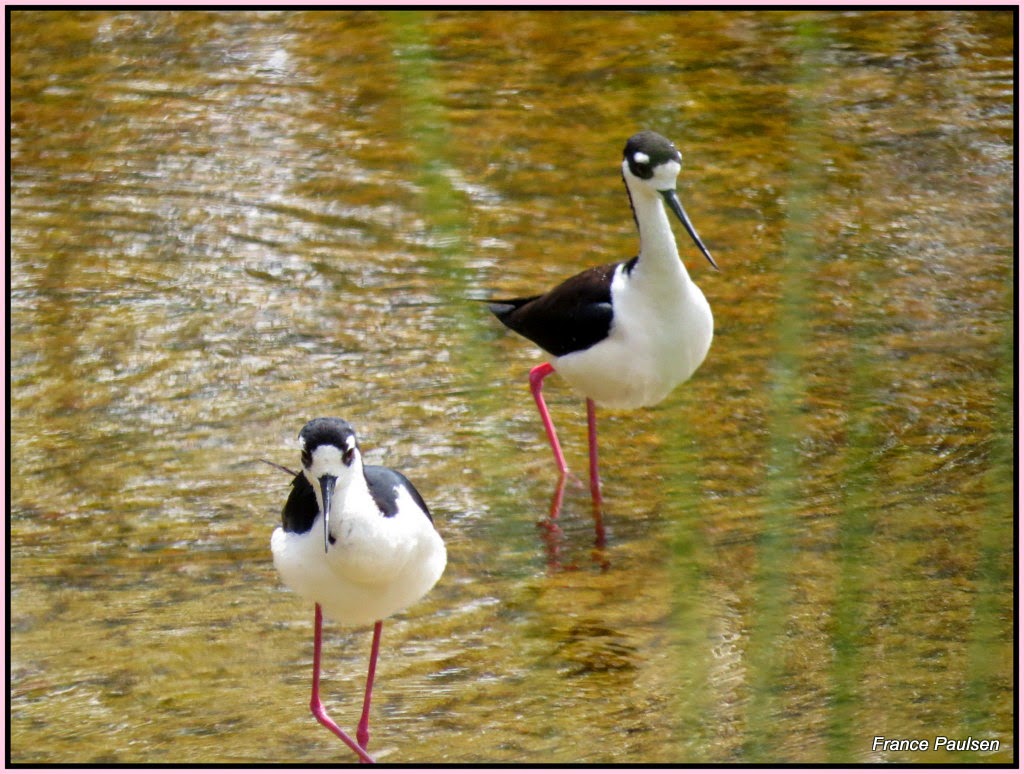Earlier this year I signed up for Snowy Plover Patrol on our local beaches - since I love birds and the fact that I live close to where the birds are nesting - it was a no-brainer for me. It provides me enjoyment, connections and continued education - what's not to love!
 |
| Incubation varies with location and season - usually close to one month. The female incubates during the day, male most of the night. |
 |
| And it was with great excitement that I witnessed one of the parent flying with an egg shell in its beak and saw it dropped several yards away....I knew then that we had a hatch! |
 |
| This young chick will leave the nest 1 to 3 hours after hatching, stumbling as it walks and pecking at potential food on the ground. |
 |
| The chick here is so young that it is hardly moving. |
 |
| And for the time being it is happy to snuggle under its mom's wings. |
 |
| The chicks are so small that often times we don't even know they are there. |
 |
| It wasn't long before a Ruddy Turnstone showed up and muddied up the works - both parents teamed up and chased it away while the chicks went up the beach closer to vegetation. |
 |
| Notice how the parent provided a distraction to lure the Ruddy Turnstone away. |
 |
| The female returned near her chicks while |
 |
| the male made sure the coast was clear. |
 |
| Under mama's wings they go - after all, the chicks require periodic brooding for many days after hatching. |
 |
| Only the chick's legs are noticeable now. |
 |
| It wasn't long before the chick was ready to resume his hunting game... |
 |
| and soon the other chick too. |
 |
| Soon her job will be complete and she'll look for another mate to start another brood....no time a wasting. |
More information on nesting shorebirds can be found at www.MyFWC.com/Shorebirds where you can download the "Share the Beach with Beach-Nesting Birds" brochure. Also more info can be found at www.flshorebirdalliance.org






















































